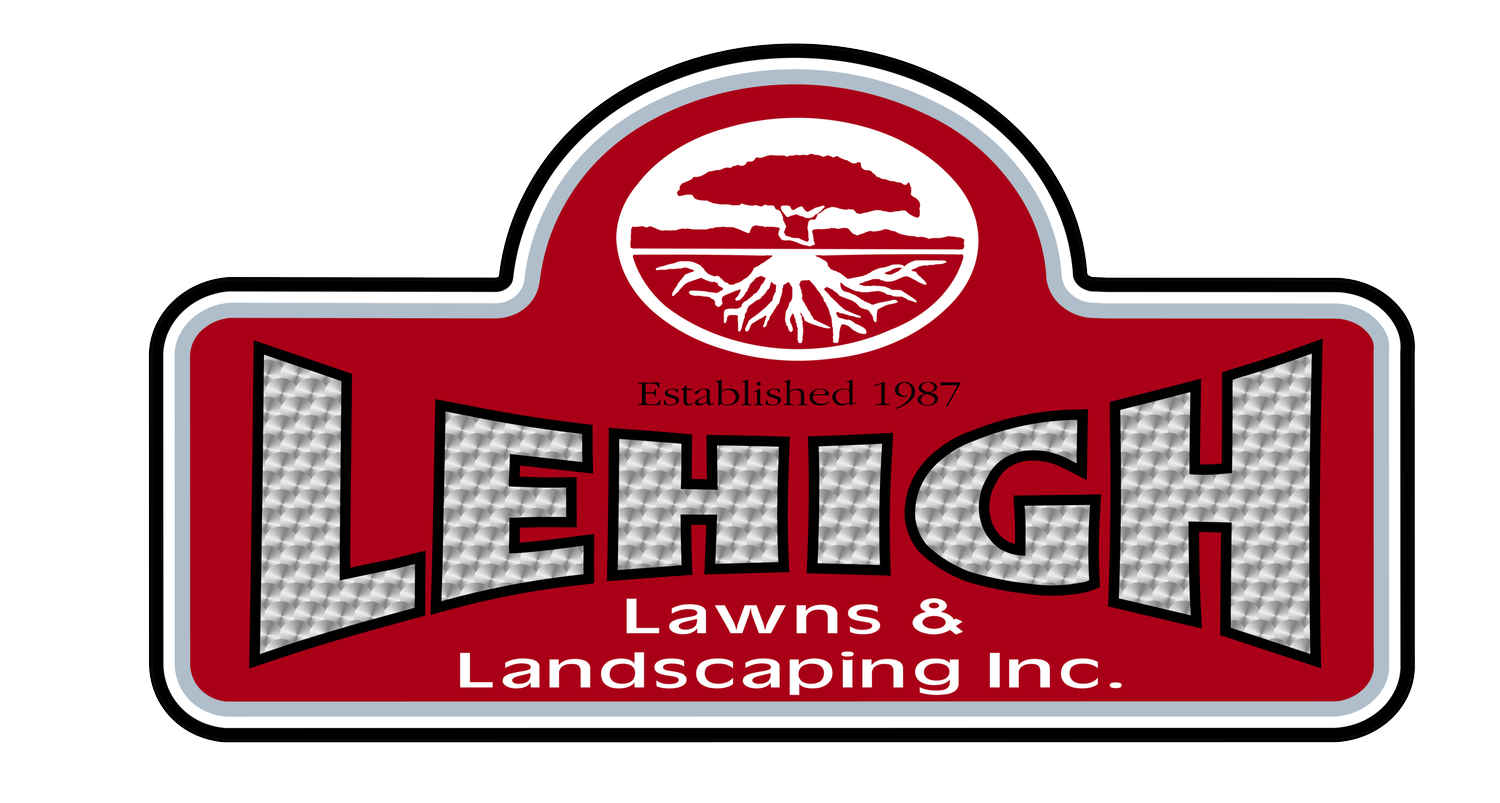Selecting the Appropriate Lawn Treatment to Keep Your Wappingers Falls, NY, Landscape Healthy This Season
There are no shortcuts to achieving a lush and healthy lawn. Excellent lawn care is really a step-by-step process. Here are pro tips on selecting the appropriate lawn treatment to keep your Wappingers Falls, NY, landscape healthy this season.
Test the Soil Annually
Grass tends to grow best in neutral soils where the pH is around 6.5 and has a good mix of nitrogen, phosphorus, and other nutrients. Poor soil causes weak root systems, and makes grass susceptible to drought, weed infestation, and pests. Fertilizer should not be applied until the soil’s pH level is determined, or else the problem facing the lawn could be made worse. Your lawn care professional can perform the test and recommend the best course of action.
Dethatch Early in the Season
Dethatching, cleaning your lawn of loose stems and roots, will allow water and air to reach the roots, and will encourage healthy grass growth.
Related: How Lawn Fertilizer Service Can Help Restore Your Neglected Yard in Hopewell Junction, NY
Provide Care Early in the Season
When temperatures are warm enough to support grass growth but before weeds become established, apply a fertilizer/pre-emergent herbicide. After this step—which prevents weeds from germinating—it’s may be best to spot-treat weeds with post-emergent herbicide or hand-pulling, since frequent application of herbicide only stresses the turf grasses.
Water Wisely
Lawns don’t like intense summer heat anymore than people do. Under normal conditions, your lawn will require about an inch of water per week—more in hot, windy, or dry conditions. A water gauge helps you know how much you’re actually watering. Water deeply once or twice a week rather than sprinkling the lawn a little every day. Also, be sure to water early in the morning to maximize absorption, minimize evaporation, and prevent mold growth.
Related: 5 Essential Tasks of Commercial Property Maintenance in Westchester County, NY
Mow to the Right Height
Some experts believe 2-½ to 3” is perfect for a healthy lawn. Mowing the grass too short encourages weed seeds to get established; it also dries out and heats up the soil, and forces the grass to get more of its nutrients from the root system rather than through photosynthesis.
Avoid Overusing Chemicals
When they are not carried out with care, some treatments can be “overkill” that destroys populations of beneficial insects along with pests—and may not give your lawn the nutrition it actually needs. Instead, a simple granular pest control can target specific insects.
Spot-test Problem Areas
A brown, dead spot may be due to concentrated pet urine, but it may also be caused by a fungus or disease. It’s best to have a lawn care professional examine the area, and test samples to determine what’s wrong.
Refresh the Lawn in Early Fall
Reseed with turf seed that is best suited to your location. Be sure to keep freshly seeded areas moist for the remainder of the season to help the seedlings get well-established before winter.
Rake or Mulch Fallen Leaves
Decomposing leaves add valuable nutrients to the soil, but a layer of dead leaves will kill the grass beneath it. Spreading the leaves (preferably in a mulched state) will give your grass extra nutrition during winter. Also clean up any fallen nuts or fruit, and pick up fallen twigs or branches that could jam your mower.

